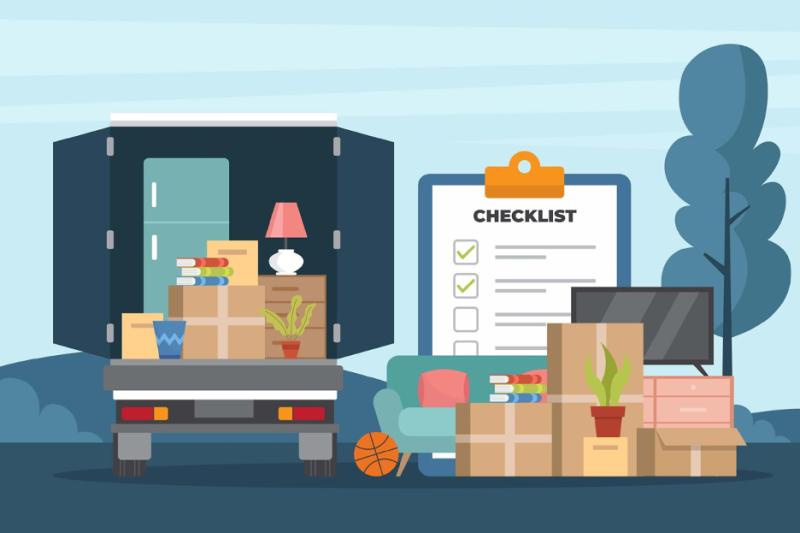How to Prepare for a Long Distance Move: A Guide

Source: freepik.com
Planning to move to another state or country can be a stressful time, even for the most organized freaks. Local moves, on the other hand, require less stress because most of the time, you just need to load your items in the back of the van.
Relocating can feel both exciting and overwhelming at the same time. For most homeowners, moving is a dreadful situation, while others take their time. After all, planning and packing up everything is a hassle on its own, especially if you’re hitting the road for a long-distance move.
Having many details to take care of and ensuring everything is in order, moving long distances can be stressful.
However, if you make a plan and stick to it, you’re more likely to have a successful move and a fresh start. Luckily, we’ve prepared a list of basic tips to remember while planning for your long-distance move.
Why It’s Important to Plan Ahead
Planning before making your move is an essential tip everyone should swear by and for the right reasons. Moving is a significant part of most people’s lives, especially since the statistics show that an average American moves approximately 11.7 times in their lifetime.
Although there are different reasons behind moving long distances, in 2022, the main factor remained the quality of life. When people move in pursuit of a better life, they need to do thorough research they’re planning on moving to as that can have a long-lasting effect on their lives.
If you’re in a similar position, here’s a checklist with all the necessary planning steps you should take that lead to a successful long-distance moving.
Start Early
One of the most essential things you can do to make your moving process easier is to start as early as possible. You can start by creating a list of all the items you want to keep, sell, or donate. At the same time, this gives you the advantage to consider the busiest dates to move and avoid any potential delays.
For example, almost 45 percent of yearly U.S. moves happen between May and August, meaning summer is the most common season of the year to move. If you’re relying on logistics, it’s best to avoid this time of the year because there may be delays with your boxes and you’re less likely to find a mover at the last minute.
Whether you use a notebook or app, it’s always a good idea to make a plan of everything you’ll need, such as:
- Items you want to keep or not
- Items you need to buy for your new home
- Important dates (lease start date, key handover date, moving date, the day of the month for rent, etc.)
- Lists of your home items to ensure you have the exact number of boxes with your name and label on them
- List of people or companies to send your new address to
- List of closest amenities in your new neighborhood
Consider Professional Movers
When planning your long-distance move, it’s essential to think about the packing and unpacking part of all the items. Although moving yourself is the most cost-effective option, long-distance moving companies can guide you to make a smoother moving process.
Depending on the distance of your move, these companies can charge by weight, meaning the rates can range from a minimum of $2,500 up to $11,600. However, if they charge by the hour, the prices go around $65 to $250 hourly.
One of the many benefits of a moving company is that they’ll come to your home and give an accurate price for all the items you’re moving. They’ll also help you select only the necessary things to avoid over-packing.
Update Necessary Documents
Now that you have a clear idea of who’s taking care of your belongings and where you’re moving, it’s time to update essential documents due to your address changing. Unfortunately, when moving long distances, you may need to update certain documents like your driver’s license and registration, so try to research what you need to update ahead.
Also, don’t forget to update your utilities by notifying the utility companies, the post office, or other contacts to remind them about your new address.
Consider Furniture Placements
When you go through your belongings and decide to keep, sell or donate them, it’s also essential to consider the furniture placements in your new home to ensure everything fits neatly. You need to plan what items will go into each room and avoid overcrowding, especially if you have a smaller house.
Labeling your boxes is a lifesaver because you can mark what each room gets what items by marking a simple ‘’master bedroom’’ or ‘’kitchen’’ sign. Whatever you do, consider the size of your new home and whether the furniture can fit through the corners, stairwells, or doors.
More to Read:
Previous Posts:










